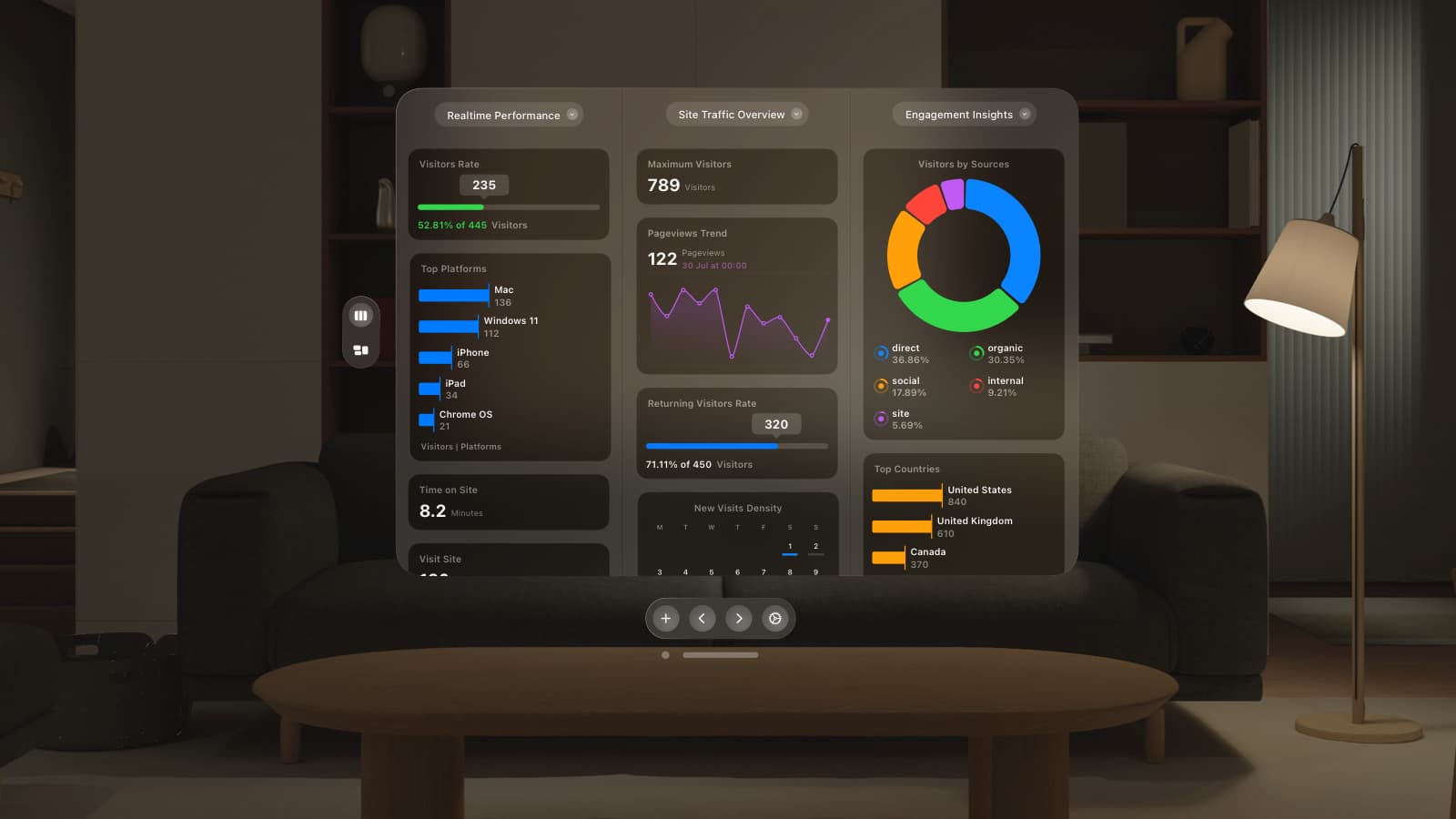
The other day, I went back to this piece by Richard Sprague (Senior Marketing Director at Microsoft) from January 2007.
The whole article can be summed up by:
“So please mark this post and come back in two years to see the results of my prediction: I predict [Apple] will not sell anywhere near the 10M [iPhones] Jobs predicts for 2008.”
This is referring back to the original announcement of the iPhone, and the time when Jobs, being asked by numerous reporters, publicly clarified that Apple aimed to sell around 10 million iPhones by the end of 2008.
On Tuesday of this week, Apple held their quarterly earnings call. The results for the last quarter were stunning, there’s no denying it. Apple sold more iPhones than RIM sold Blackberries. Apple is now the THIRD largest phone retailer in the world, in terms of revenues. And Apple has only been making ONE phone, in the market for just 15 months.
Jobs gave this comment, showing their uncertainty (like everyone else) about the future of the World economy:
“Now, both of these things, beating RIM in units and becoming the third largest mobile supplier in revenues are amazing feats but part of this was the result of expanding into over 50 countries and there’s no guarantee that sustained sales will equal initial sales. And who knows what the future results will be, given the worldwide economic slowdown but we actually outsold RIM last quarter and ranked as the third largest mobile phone supplier in revenues. Not bad for being in the market for only 15 months.”
Referring back to Sprague’s article, he posted again the other day asking people why they thought the iPhone performed so differently to his predictions.
The problem is that he didn’t see the iPhone as the versatile device it is. He compared it to existing phones. Whereas the iPhone is not really a phone, it’s everything you could possibly want in one device. And it’s all of these things combined beautifully.
There are numerous reasons for its success, but to name a few:
The existing massive consumer base of iPod owners already have a major part of the iPhone equation on their computer: iTunes. No other phone company has anything near the power of iTunes (the software) or the content and quality (the iTunes Store). The ability for Apple to reach its already happy customer base of iPod owners through iTunes, and the email lists that the majority of them have joined is a greater advantage than many realise. Everyone I know knows of the iPhone and what it can do. They have the expectation of it being a well built, well designed device like their existing iPods. We can conclude that one of the strongest selling points of the iPhone is that it has been released after the iPod – it must be better.
The iPhone ad campaign is aired worldwide to huge audiences. The ads show off a beautiful product with a beautiful interface that performs tasks that normally seem mundane, easily and with flair. These ads are also localised to each country so show that Apple has genuinely considered the needs of each nation (even if all it has done is hired a native speaking commentator and shown a national newspaper as the news site in Safari.)
The price of the iPhone (the original iPhone) was exactly the same concept used for the original iPod. Price it high to gain artificial scarcity – the select “elite” have an extremely attractive device that is difficult to obtain for the rest of the population. Bring out a newer, better iPhone several months after at a (still relatively expensive) but cheaper price point and the customers flood in. The iPhone is still expensive, and it is still a product owned by the minority, but as Apple revises the iPhone again, and inevitably releases a second device to the line, the customer base will grow and grow.
We haven’t even begun to spoke about the number of big names building high quality iPhone apps – EA Games, SEGA, Google, Facebook, the list goes on. The press’s addiction to Apple fuels the hype given to their products. Whatever Apple does – or doesn’t – do gets reported, (the shares usually respond, too) but it means Apple’s name is seen by consumers every day. Apple is a household name unlike any other phone company around (other than Blackberry). You don’t see Sony Ericsson’s latest set of handsets on the 3rd page of The Times very often.
Other than starving the stock pre iPhone 3G launch, the last 15 months have been constant growth for the iPhone. As we enter very unpredictable times, who knows how many iPhones Apple will sell this quarter? All we tell is that Apple has historically sold double the number of iPods in the 4th compared to the 3rd quarter every year. If Apple does this with the iPhone, which is a stretch, Apple will have sold around 20 million in the same time frame they intended to sell just 10 million.
It’s no surprise the iPhone is (so far) a success, but the future is very uncertain.

